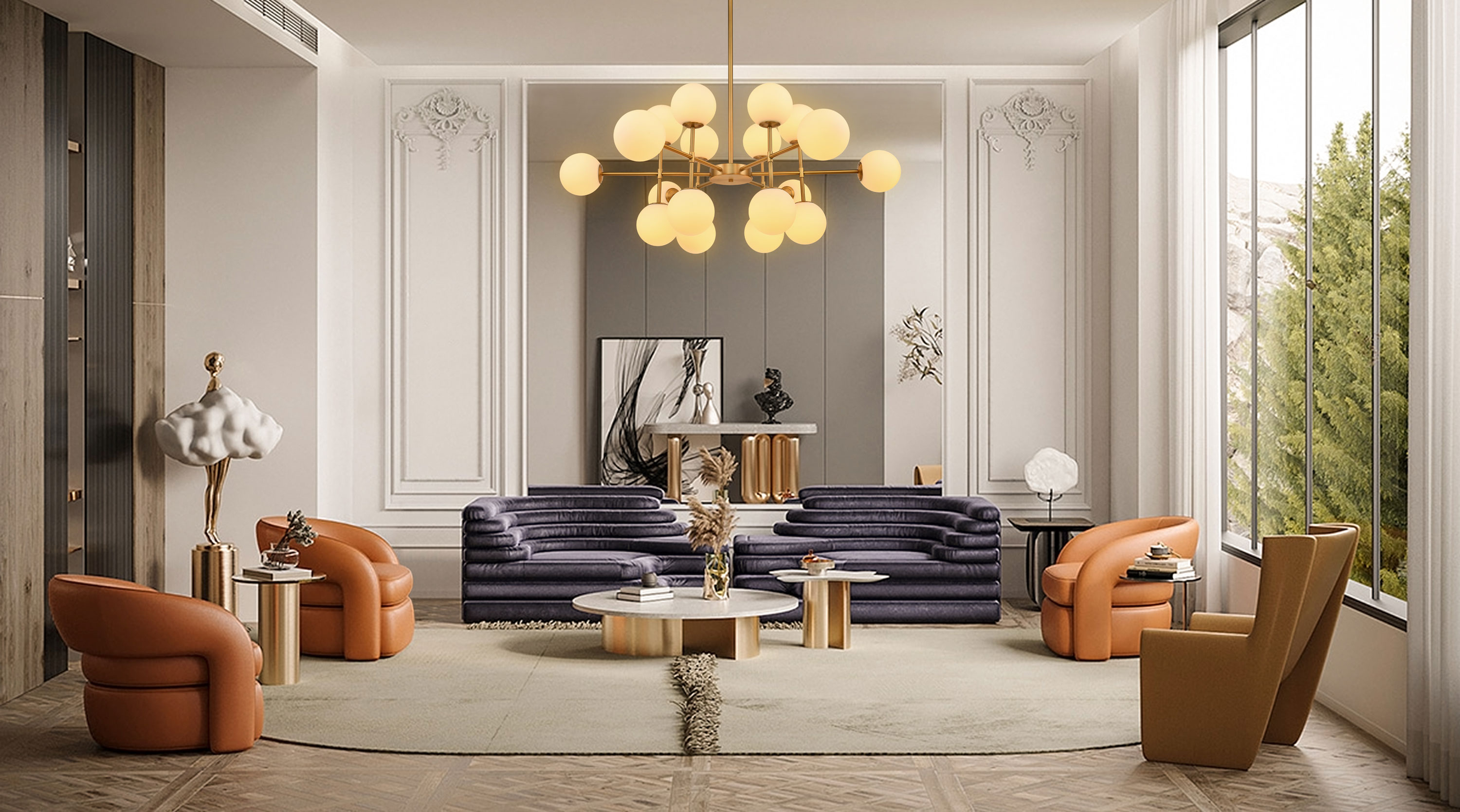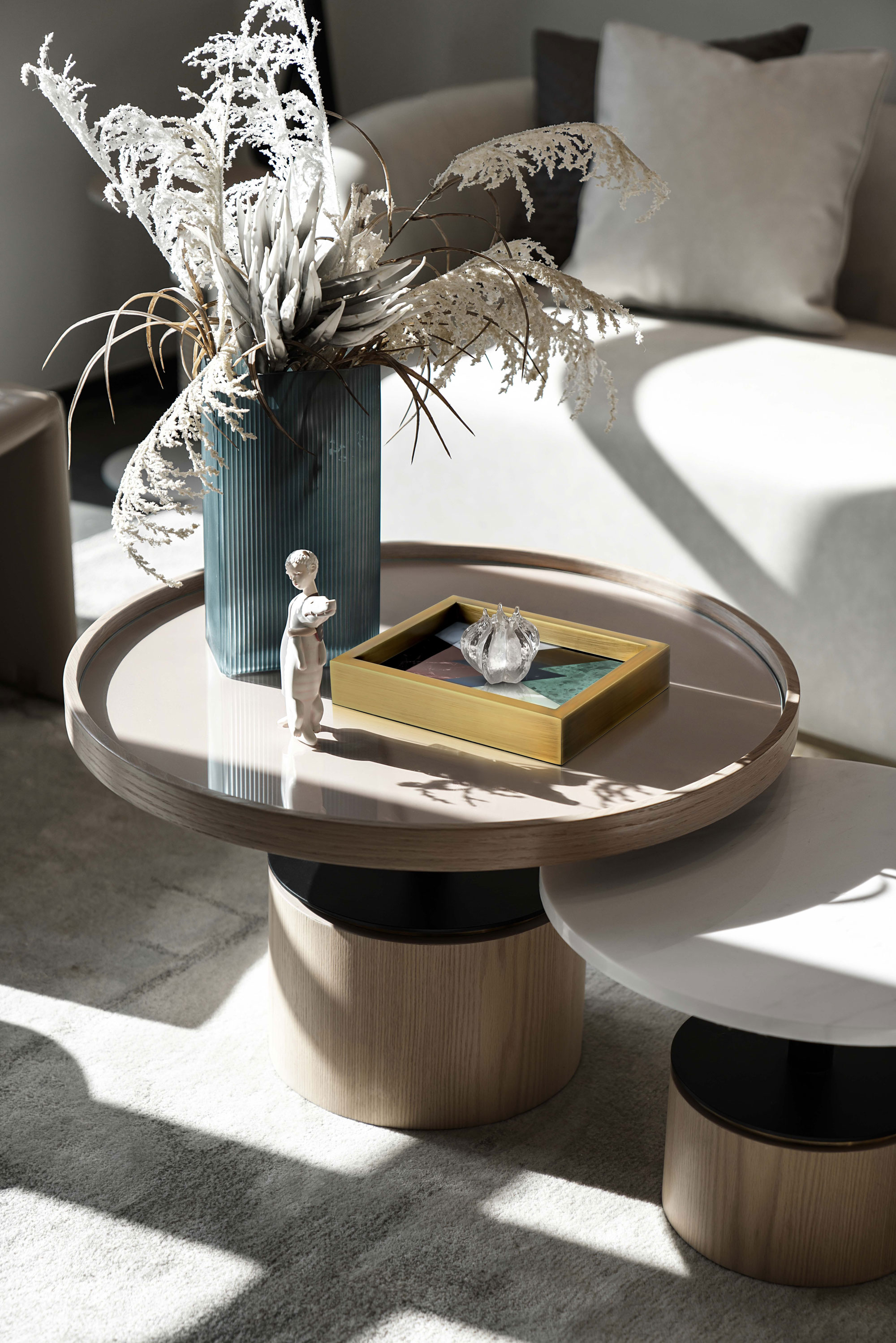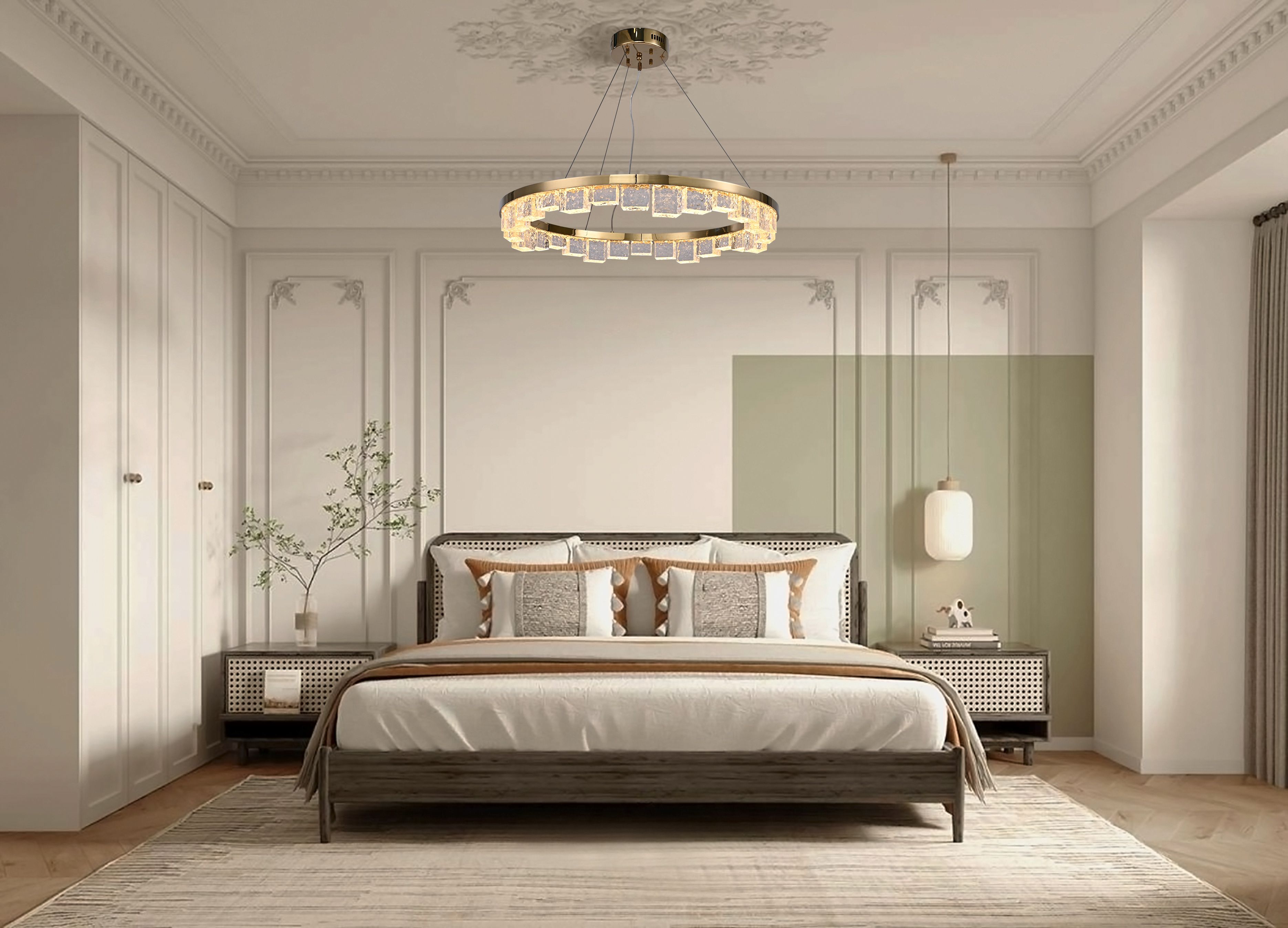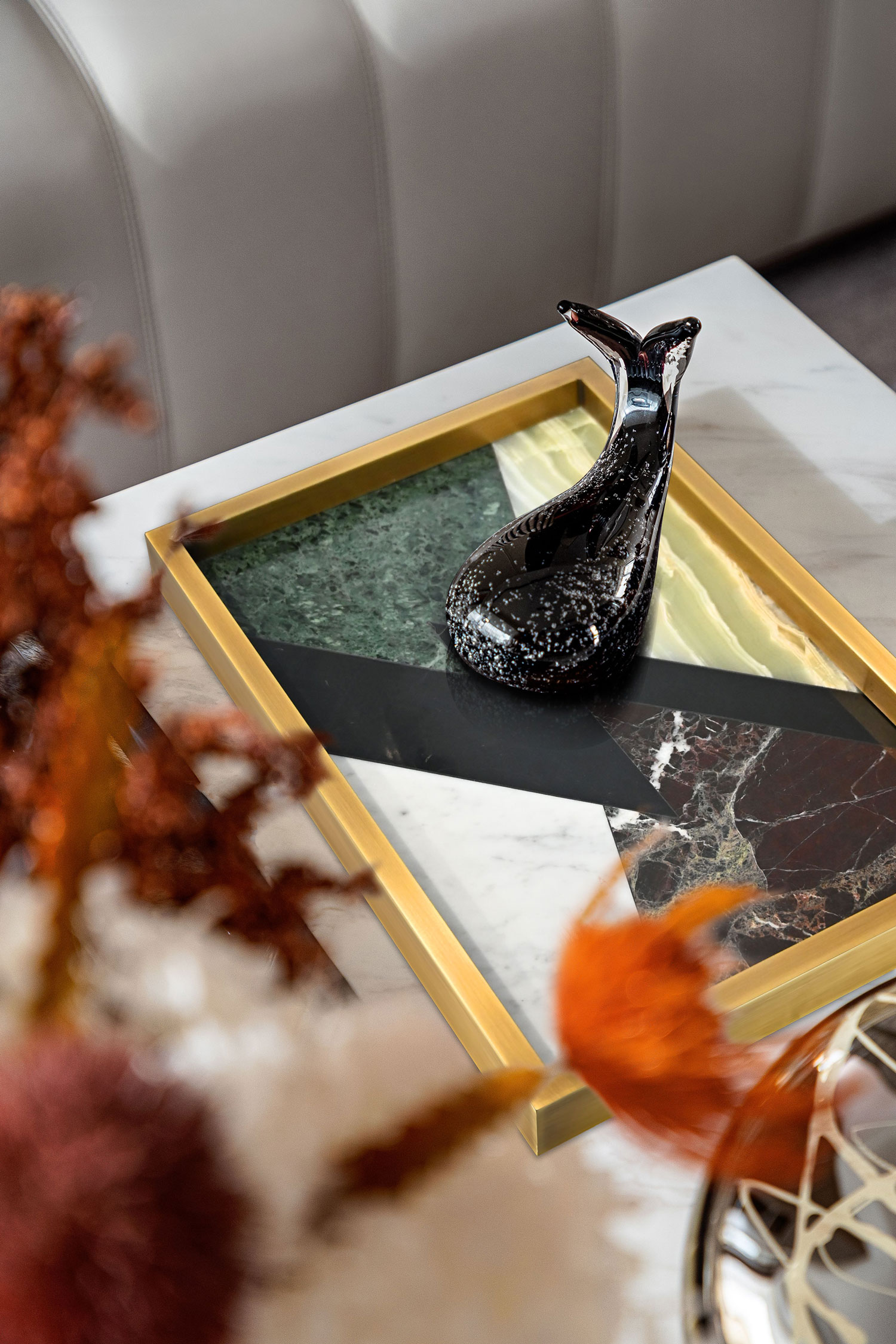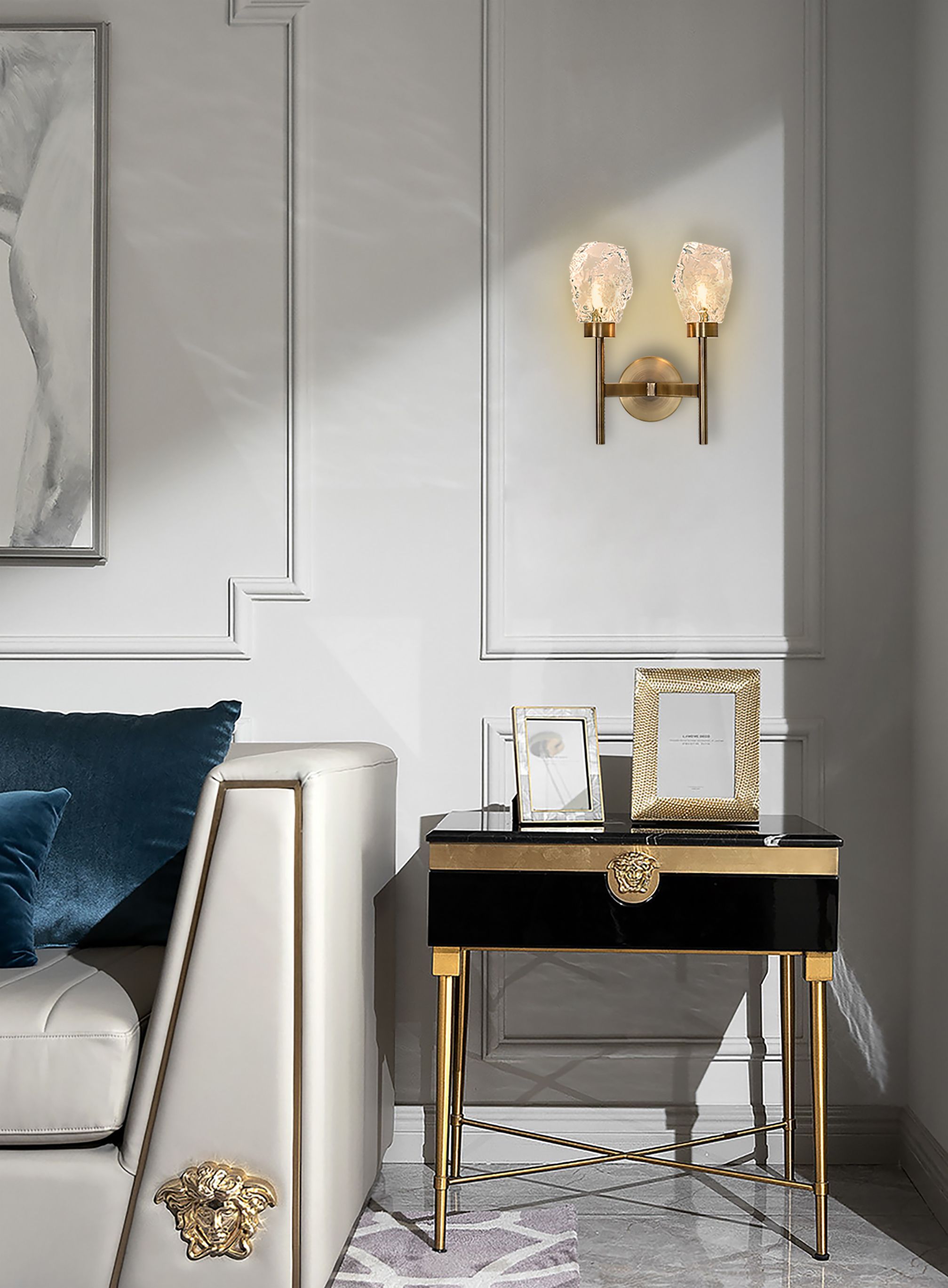Essential Guide: What are the Common Methods for Lighting Maintenance?
Understanding Lighting MaintenanceLighting maintenance is crucial for ensuring the longevity and effectiveness of lighting systems in various settings, including residential, commercial, and industrial environments. By understanding the common methods for lighting maintenance, property owners and facility managers can significantly reduce operational costs and enhance safety. In this article, we will explore these methods comprehensively, helping you to maintain your lighting systems efficiently.Why is Lighting Maintenance Important?Regular lighting maintenance is essential for several reasons: Safety: Properly functioning lights reduce the risk of accidents and injuries. Energy Efficiency: Well-maintained lighting systems consume less energy, leading to lower utility bills. Longevity: Maintenance helps extend the lifespan of the lighting fixtures. Quality of Light: Regular checks ensure consistent light quality, improving visibility and aesthetics.Common Methods for Lighting MaintenanceHere are some of the most common methods for effective lighting maintenance:1. Regular InspectionsRoutine inspections are critical in identifying issues before they become major problems. Inspections should include: Visual Checks: Look for dim lights, flickering, or broken fixtures. Electrical Testing: Use testing equipment to check for voltage irregularities. Fixture Condition: Inspect lamps and lenses for dirt, corrosion, or damage.2. CleaningDust and grime can significa...
What Are the Correct Steps for Cleaning Lighting? A Comprehensive Guide
Introduction to Cleaning LightingWhen it comes to maintaining a clean and inviting space, the lighting often gets overlooked. Dirty lights can diminish the quality of illumination in your home or office, affecting mood, productivity, and safety. In this article, we will explore what are the correct steps for cleaning lighting, including essential tips and methods to ensure your fixtures shine bright. By following these steps, you can enhance both the aesthetic appeal and functionality of your lighting. Let’s dive into the best practices for cleaning various types of lighting fixtures.Why Is Cleaning Lighting Important?Before we get into the steps for cleaning lighting, it's vital to understand why this task is essential. Over time, dust, grease, and grime can build up on light fixtures, reducing their brightness and making them less energy-efficient. More importantly, dirty light fixtures can become potential fire hazards. Proper cleaning ensures: Maximum brightness and clarity of light Improved energy efficiency Extended lifespan of the fixtures Enhanced overall aestheticsTypes of Lighting FixturesBefore starting the cleaning process, it's crucial to identify the type of lighting fixtures you have. The cleaning steps can vary significantly depending on the fixture. Here are some common types: Ceiling lights Pendant lights Wall sconces Table and floor lamps Chandeliers LED lightsCorrect Steps for Cleaning LightingNow that we've established the im...
Understanding the Factors That Affect the Life of Lighting
Lighting is an essential component of our daily lives, influencing our mood, productivity, and overall well-being. However, the longevity of lighting fixtures is often overlooked by consumers. This article aims to explore the various factors that influence the life of lighting, providing valuable insights for homeowners, businesses, and anyone interested in enhancing their lighting experience. Key Factors Influencing the Life of Lighting When it comes to lighting longevity, several factors play a crucial role: Factor Description 1. Type of Light Source The kind of bulb used (incandescent, LED, fluorescent, etc.) can significantly impact the lifespan. 2. Usage Patterns Frequent on-off cycles can reduce the lifespan of certain types of bulbs, like incandescent. 3. Environmental Conditions Temperature, humidity, and exposure to elements affect durability. For example, outdoor lighting fixtures can wear out faster due to weather conditions. 4. Heat Management Heat buildup can shorten the life of bulbs, especially in enclosed fixtures. 5. Quality of the Product Higher-quality bulbs typically last longer than cheaper alternatives. 1. Type of Light Source The type of light source plays a significant role in determining how long a bulb will last. For instance, LED bulbs are known for their impressive lifespan, often lasting up to 25,000 hours or more. In contrast, traditional incandescent bulbs typically last around 1,000 hours. Fluoresce...
Exploring Innovative Energy-Saving Technologies for Lighting
Introduction to Energy-Saving TechnologiesIn today's world, energy conservation is more important than ever. With rising energy costs and a growing awareness of environmental responsibility, consumers and businesses alike are seeking efficient lighting solutions. This article explores what are the energy-saving technologies for lighting that not only reduce electricity consumption but also maintain high-quality illumination.Understanding Energy-Saving Lighting TechnologiesEnergy-saving technologies for lighting can significantly reduce energy consumption and greenhouse gas emissions. The following are some of the most innovative technologies currently available:1. LED LightingLight Emitting Diodes (LEDs) are one of the most popular energy-saving lighting technologies due to their efficiency and longevity. Here’s a table summarizing their advantages:FeatureDescriptionEnergy EfficiencyLEDs use up to 75% less energy than traditional incandescent bulbs.LongevityLEDs can last up to 25,000 hours, reducing the frequency of replacements.DurabilityLEDs are more resistant to breakage compared to traditional bulbs.Reduced Heat EmissionLEDs emit minimal heat, making them safer and more efficient.2. Compact Fluorescent Lamps (CFLs)CFLs are another popular choice for energy-efficient lighting. They use about 70% less energy than incandescent bulbs and have a longer lifespan. However, they contain a small amount of mercury, which requires careful disposal.3. Solar-Powered LightingSolar-powe...
Exploring Environmentally Friendly Materials for Lighting: Your Ultimate Guide
IntroductionWith the global push towards sustainability, many individuals and businesses are exploring ways to reduce their environmental impact. One area gaining attention is lighting. Have you ever wondered what are the options for environmentally friendly materials for lighting? In this article, we will delve into the various materials that can be used for eco-friendly lighting solutions, focusing on their benefits, applications, and impact on the planet.Understanding Eco-Friendly LightingBefore we dive into the specific materials, it's essential to understand what makes lighting environmentally friendly. Eco-friendly lighting refers to systems that utilize less energy, produce minimal waste, and are made from sustainable materials. This can be achieved through various means, including LED technology, solar lighting, and the use of materials that are recyclable or bio-based.Key Eco-Friendly Lighting MaterialsNow, let's explore some of the most popular and effective environmentally friendly materials for lighting:Material TypeDescriptionBenefits1. LED BulbsLight Emitting Diodes (LED) are a type of solid-state lighting that uses semiconductor technology.Energy-efficient, long lifespan, and low heat emission.2. Recycled GlassGlass that has been reclaimed and reprocessed for new lighting fixtures.Reduces waste, produces unique aesthetics.3. BambooA fast-growing, renewable material used in lighting fixtures.Biodegradable and sustainable, lightweight, and strong.4. Organic Fabri...
How Can Creative Lighting Design Meet Personalized Needs?
Lighting design is not just about illumination; it’s an art that influences our mood, enhances aesthetics, and addresses individual requirements. As urban living spaces become more personalized, the need for creative lighting design that meets personalized needs is becoming increasingly essential. In this article, we will explore the various aspects of lighting design, its importance, and how it can cater to the unique needs of individuals. We will also consider how advancements in technology play a role in creating tailored lighting solutions.The Importance of Creative Lighting DesignCreative lighting design goes beyond the simple application of lights. It involves understanding the psychology of light and how it can affect our emotions and behaviors. Proper lighting can create a sense of openness or intimacy and significantly influence our daily lives. Here are some reasons why creative lighting design is crucial: Enhances Aesthetics: The right lighting can elevate the overall look of a space, highlighting architectural features and decor. Improves Functionality: Different tasks require different types of lighting. Creative lighting design can ensure that areas are well-lit for their intended purposes. Supports Health and Well-Being: Natural light boosts mood and productivity, while proper artificial lighting can reduce eye strain and fatigue.Understanding Personalized Lighting NeedsPersonalized lighting needs vary significantly from person to person. Factors such ...
Exploring the Artistic Journey: What is the Process of Handmade Lighting?
The Art of Handmade LightingHandmade lighting is more than just a source of illumination; it is an expression of creativity, craftsmanship, and a commitment to quality. As more individuals seek to bring unique, personalized touches to their homes and offices, understanding the process behind handmade lighting becomes essential. So, what is the process of handmade lighting? Let’s dive into the intricate steps involved, the materials used, and the artistry behind creating exquisite lighting pieces.The Journey Begins: Concept and DesignThe process of handmade lighting starts with an idea. Designers and artisans conceptualize the vision for their pieces. This phase includes sketching initial designs and selecting themes or styles. Each artist has their unique style, which can greatly affect the final product. They may draw inspiration from nature, architecture, or modern art. Strong design considerations are made around functionality and aesthetic appeal. A well-designed light not only serves its purpose but also enhances the overall ambiance of a space.Choosing the Right MaterialsOnce the design is finalized, artisans choose the appropriate materials. Handmade lighting can include various components such as:MaterialCharacteristicsGlassAvailable in myriad colors and shapes, it provides a stunning finish to the light fixture.MetalSturdy and durable, metals like brass, aluminum, and copper can create both industrial and elegant looks.WoodBrings warmth to the design; often used in r...


